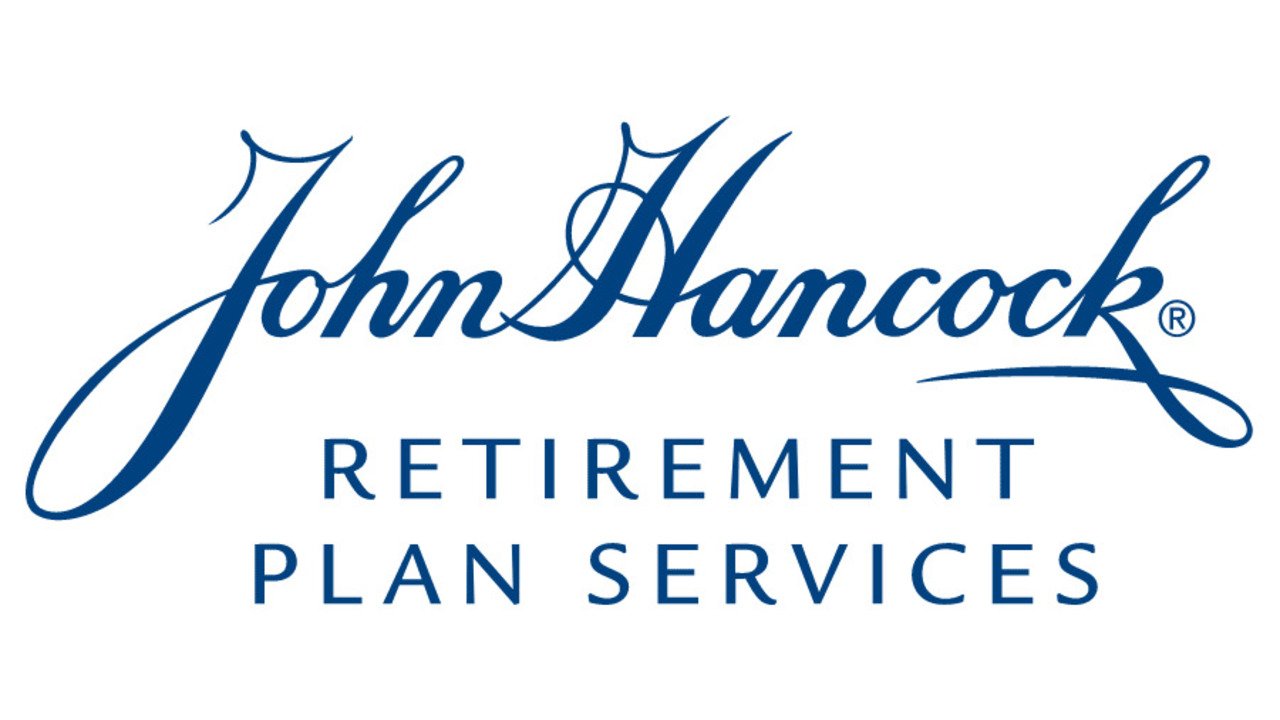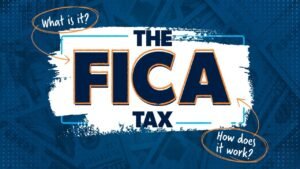Retirement Planning Tips to Secure Your Future in 2025.
Retirement planning in 2025 is a critical endeavor in a world shaped by longer lifespans, economic shifts, and technological advancements. With the average American now expecting to live to 85 and retire at 67, per 2025 Gallup polls, preparing for decades of financial security is more complex than ever. U.S. household savings are at $10 trillion, yet 40% of workers fear running out of money in retirement, according to Fidelity. Rising healthcare costs, a gig economy employing 40% of workers, and uncertainties around Social Security demand proactive strategies. This article explores how to plan for retirement in 2025, leveraging modern tools, tax-advantaged accounts, and diversified investments to ensure a comfortable and fulfilling post-work life.
Thank you for reading this post, don't forget to subscribe!The Retirement Landscape in 2025
The financial environment in 2025 presents unique challenges and opportunities. Inflation has stabilized at 2.5%, but healthcare costs are rising 5% annually, with a retired couple needing $350,000 for medical expenses, per Fidelity. Interest rates at 4-5% offer better returns on savings but increase borrowing costs. The gig economy creates irregular income, complicating savings, while Social Security’s trust fund is projected to deplete by 2035, reducing benefits by 20-25% without reforms. Technology, including AI-driven financial planning and blockchain-based investments, empowers individuals, but regulatory scrutiny on crypto and rising climate-related costs require careful navigation. Effective retirement planning demands a blend of discipline, adaptability, and strategic use of modern tools.
Setting Retirement Goals

Define Your Vision
Retirement planning starts with a clear vision. Ask yourself: Where do you want to live? Will you travel, pursue hobbies, or downsize? A 2025 AARP survey shows 60% of retirees prioritize travel, while 30% plan to relocate to lower-cost areas. Estimate your annual retirement expenses—$50,000-$70,000 for a comfortable lifestyle, per BLS data—factoring in housing, healthcare, and leisure.
Calculate Your Needs
The average American needs $1.5 million for a 30-year retirement, assuming 4% annual withdrawals, per the 4% rule. Use online calculators like Empower or Vanguard to project needs based on current income, savings, and expected retirement age. For example, a 35-year-old earning $80,000 annually should save 15% of income yearly to retire at 67 with $1.2 million, assuming 7% investment returns.
Account for Inflation and Healthcare
Inflation erodes purchasing power, so assume 2.5% annual increases. A $50,000 lifestyle today will cost $67,000 in 10 years. Healthcare is a major concern, with Medicare covering only 60% of expenses. Plan for out-of-pocket costs like premiums ($5,000 annually) and long-term care ($100,000 per year for nursing homes).
Building a Retirement Savings Plan

1. Maximize Tax-Advantaged Accounts
Tax-advantaged accounts are the cornerstone of retirement savings, offering tax breaks and compound growth.
-
401(k) Plans: Contribute up to $24,000 annually in 2025 (plus $7,500 catch-up for those 50+). Employer matches, averaging 4% of salary, add $3,200 for an $80,000 earner. Pre-tax contributions lower taxable income, saving $4,800 for someone in the 22% bracket.
-
IRAs: Traditional IRAs allow $7,000 contributions ($8,000 for 50+), with tax-deductible deposits. Roth IRAs offer tax-free withdrawals, ideal for younger savers expecting higher future taxes. Apps like M1 Finance automate IRA investments.
-
HSA (Health Savings Account): Contribute $4,150 (individual) or $8,300 (family) to cover medical expenses tax-free. HSAs roll over indefinitely, acting as a retirement healthcare fund.
2. Leverage Employer Benefits
Many employers offer pensions or 401(k) matches. In 2025, 50% of large companies provide matches, per BLS data. Enroll immediately to capture free money—$1,000 annually invested at 7% grows to $30,000 in 20 years. For gig workers, SEP IRAs allow contributions up to 25% of net income, capped at $69,000.
3. Save Consistently
Automate contributions to retirement accounts on payday to ensure consistency. Saving $500 monthly at 7% return grows to $400,000 in 30 years. Apps like Acorns round up purchases, adding $50-$100 monthly to savings. For irregular income, use FreelanceFlow to smooth earnings and allocate 15% to retirement.
Investment Strategies for Retirement
Diversify Your Portfolio
A diversified portfolio balances risk and reward. In 2025, a typical retirement portfolio for a 35-year-old might include:
-
Equities (60%): Index funds like Vanguard’s VTI offer 7-8% annual returns, per 2025 market data.
-
Bonds (20%): Treasury or corporate bonds yield 4-5%, providing stability.
-
Real Estate (10%): REITs or tokenized properties via RealT diversify income, yielding 5-7%.
-
Crypto (5-10%): Bitcoin and Ethereum, in 25% of portfolios, offer high growth but volatility. Limit to 10% to manage risk.
Use Robo-Advisors
Platforms like Betterment and Wealthfront build diversified portfolios for 0.25% fees, integrating ESG funds and crypto. They rebalance automatically, saving 1-2% in losses from market shifts. For example, a $100,000 portfolio at 7% return grows to $760,000 in 30 years with rebalancing.
Adjust for Age
Younger savers can afford riskier assets, while those nearing retirement should shift to bonds. A 60-year-old might allocate 40% equities, 40% bonds, and 20% real estate. Use “target-date funds” that auto-adjust allocations based on retirement year.
Tax Optimization
Harvest tax losses by selling underperforming assets to offset gains, using platforms like Wealthfront. Roth conversions—shifting traditional IRA funds to Roth—reduce future tax burdens but require upfront tax payments. Consult a CPA for timing.
Managing Healthcare Costs

Healthcare is a retirement wildcard. A couple retiring in 2025 needs $350,000 for out-of-pocket costs, per Fidelity. Strategies include:
-
Medicare Planning: Enroll at 65, choosing supplemental plans (Medigap) to cover gaps, costing $2,000-$4,000 annually.
-
HSAs: Contribute pre-tax dollars to HSAs, withdrawing tax-free for medical expenses. A $4,000 annual contribution at 5% return grows to $100,000 in 20 years.
-
Long-Term Care Insurance: Policies cost $2,500-$5,000 annually but cover nursing home costs, which average $100,000 yearly.
Social Security and Other Income Streams
Social Security
Benefits start at 62, but waiting until 70 increases payments by 8% annually. In 2025, the average monthly benefit is $1,900, per SSA data. With depletion looming by 2035, assume a 20% cut and supplement with savings. Use SSA.gov’s calculator to estimate benefits based on earnings history.
Additional Income
-
Annuities: Provide guaranteed income, with immediate annuities paying $500 monthly per $100,000 invested. Shop via platforms like Blueprint Income.
-
Part-Time Work: 30% of retirees work part-time, earning $15,000 annually, per AARP.
-
Rental Income: Real estate or tokenized properties generate 5-7% yields, adding $500-$1,000 monthly for a $100,000 investment.
Technology and Tools for Retirement Planning
Technology streamlines planning in 2025:
-
Retirement Calculators: Empower and Vanguard project savings needs, factoring in inflation and healthcare.
-
AI Advisors: WealthSync and Betterment offer personalized savings and investment advice, saving 1-2% in fees versus human advisors.
-
Crypto Tracking: CoinTracker integrates crypto gains into retirement plans, critical with IRS audits up 20%.
-
Budgeting Apps: YNAB tracks expenses, ensuring 15% of income goes to retirement.
Follow X for real-time tips on tools or scams, but verify with sources like NerdWallet or the CFPB.
Navigating the Gig Economy
Gig workers, earning $1,200 monthly on average, face unique challenges:
-
SEP IRAs: Contribute up to 25% of net income, saving $3,000-$5,000 annually in taxes.
-
Smooth Income: Use FreelanceFlow to average earnings and allocate to retirement.
-
Deduct Expenses: Track home office or equipment costs with QuickBooks to reduce taxable income.
Protecting Your Retirement Plan
With $12 billion in fraud losses in 2024, per the FTC, security is critical:
-
Secure Accounts: Use two-factor authentication for investment and banking apps.
-
Monitor Fraud: Apps like Credit Karma alert for suspicious activity.
-
Avoid Scams: Beware of crypto or annuity scams promising 20% returns. Research providers on the SEC or BBB.
Sustainable and Ethical Retirement Planning
In 2025, 60% of savers prioritize ESG investments, per Deloitte. Strategies include:
-
ESG Funds: ETFs like iShares’ ESGU yield 7%, aligning with climate and social goals.
-
Green Annuities: Aspiration offers annuities avoiding fossil fuel investments.
-
Ethical Advisors: Use robo-advisors like Betterment with ESG options for sustainable portfolios.
Planning for Flexibility
Retirement plans must adapt to economic shifts:
-
Inflation: Invest in TIPS (Treasury Inflation-Protected Securities) yielding 2-3% to hedge inflation.
-
Market Volatility: Diversify to mitigate 10-15% market swings, common in 2025.
-
Climate Costs: Budget for rising insurance or taxes in vulnerable areas, up 20% since 2020.
Common Challenges and Solutions
-
Late Start: If starting at 50, save 20-25% of income and use catch-up contributions ($31,500 for 401(k)s).
-
Irregular Income: Gig workers should save surplus earnings in high-yield accounts (4.5%).
-
Motivation: Gamified apps like Wealthbase simulate retirement goals, boosting engagement.
The Future of Retirement Planning
By 2030, AI advisors may dominate, offering hyper-personalized plans for 0.1% fees. Blockchain-based pensions could ensure transparent payouts, while climate risks may demand larger healthcare reserves. Stay ahead by:
-
Adopting Tech: Use AI and blockchain for efficient planning.
-
Upskilling: Learn about ESG or crypto via Coursera to optimize investments.
-
Staying Informed: Follow X for trends, verifying with IRS.gov or financial advisors.
Example Retirement Plan
For a 35-year-old earning $80,000, aiming to retire at 67 with $1.5 million:
-
Save 15% ($12,000/year): $6,000 to a 401(k) with $3,000 employer match, $3,000 to a Roth IRA.
-
Invest Diversely: 60% equities, 20% bonds, 10% real estate, 10% crypto.
-
Use Tools: Automate with Betterment, track with YNAB, and monitor crypto with CoinTracker.
-
Adjust Annually: Rebalance portfolio and increase contributions with raises.
At 7% return, $12,000 annually grows to $1.3 million by 67, supplemented by $1,900 monthly Social Security.
Conclusion
Retirement planning in 2025 requires vision, discipline, and strategic use of technology. By setting clear goals, maximizing tax-advantaged accounts, diversifying investments, and preparing for healthcare and inflation, you can build a secure future. Whether a gig worker or corporate employee, start small—$100 monthly savings—and scale up. Use AI tools, stay informed via X, and align with your values to create a retirement plan that ensures financial freedom and peace of mind.













